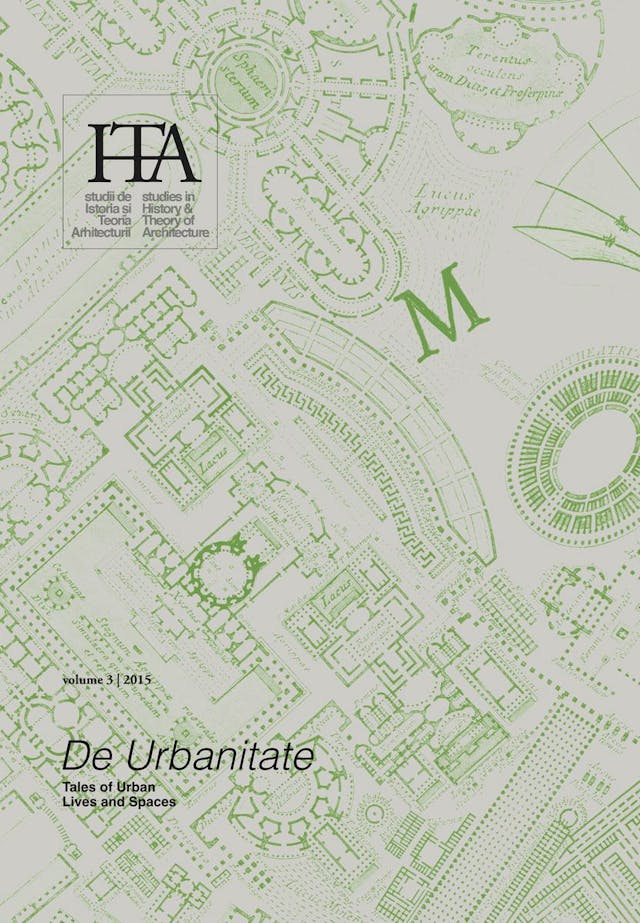Created Memories: (Mis)identification of Monuments in Early Modern Rome
by
Monique Webber
Keywords
knowledge
history
urban space and behaviour
articulating the past
formation of the city
The ancient was palpable in early modern Rome. Recreated in visual and literary culture, the city of the emperors was traversed alongside that of the present. In an era of antique revival and cultural tourism, affinity with the city’s past became integral to the identity of Rome’s citizens and visitors. Yet in an environment where the artistic and literary evidence of monuments was more readily accessible than the physical, mistakes in identification were not uncommon. Using as a case study the Augustan era Ara Pacis Augustae, this article demonstrates that such inaccuracies were not unimportant. Disjunction of the intellectual record with a largely unknown site engineered a false memory of the monument. This created a subjective, yet potent, urban experience and practice. Disseminated in popular texts, inaccurate intellectual formation of urban artefacts impacted not only upon the ghosted ancient Rome, but also the early modern landscape. This article presents a new insight into the power of the historical lens to inform understanding and creation of the early modern city.
Chicago citation style
DOI:
10.54508/sITA.3.04
